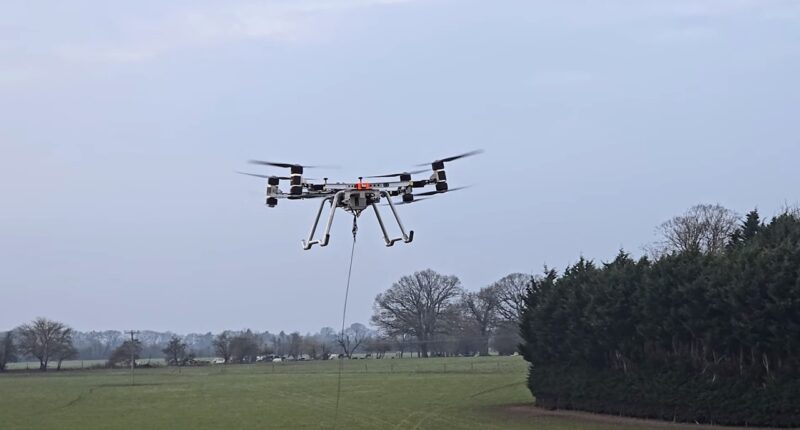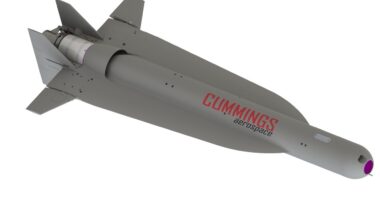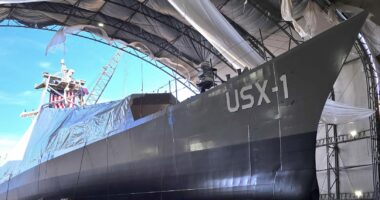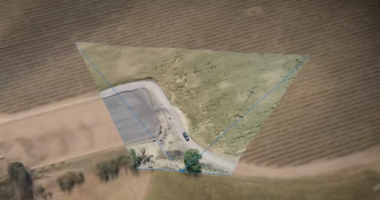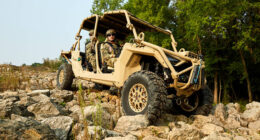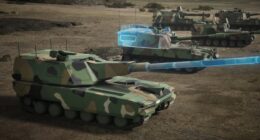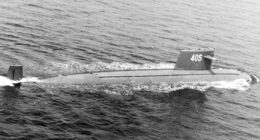The UK is stepping up its military logistics with a new “super heavy-lift” drone that delivers up to 250 kilograms (551 pounds) of cargo in minutes.
Created by ISS Aerospace, the 600-kilogram (1,322-pound) unmanned aerial vehicle (UAV) can autonomously transport weapons, medical supplies, gear, and other essential materials straight to the frontlines or remote areas.
It can also support ship-to-shore resupply missions, slashing the time and effort required by traditional methods.
“On naval vessels around the world, the same time-consuming scene plays out daily: crew members transfer supplies between ships or from ship to shore using small boats, manual labor, and helicopter support,” the UK Ministry of Defence pointed out.
“This process can be slow, resource-intensive, and vulnerable to disruption from weather conditions.”
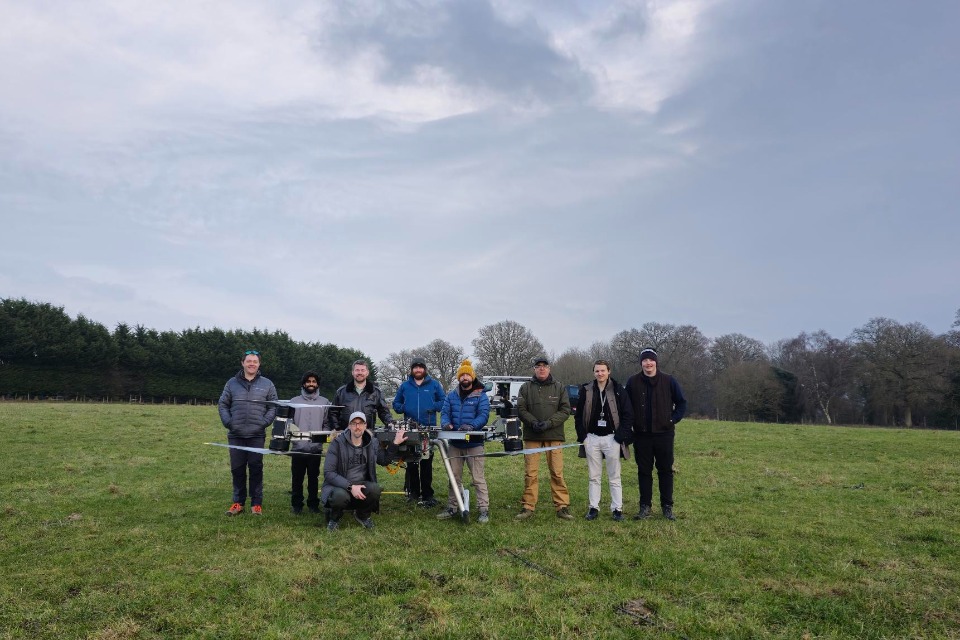
With the new UAV, these missions can be completed swiftly and with greater reliability, cutting down flight times to just 35-40 minutes.
Hybrid Power System
Beyond its impressive payload, the drone’s standout feature is its hybrid turbine generator power system, which allows it to stay airborne for long stretches without the need for frequent recharging.
However, the drone’s hefty weight demands at least 100 kilowatts of power to operate effectively.

“You can buy auxiliary power unit turbine generators off the shelf, but they’re extremely expensive — in the hundreds of thousands of pounds — and very heavy, around 100+ kilograms (220 pounds),” said Ryan Kempley, CEO of ISS Aerospace.
The solution? A hybrid power setup that combines micro gas turbines with battery technology to create a 100-kilowatt generator. This reduces both cost and weight compared to conventional systems.
Built for Resilience
Developing the heavy-lift drone came with its fair share of challenges.
Kempley said they had to balance turbine power generation and battery usage, ensuring neither was overused or depleted too quickly, as both scenarios could lead to operational failures.
“If we charge the battery too fast, problems arise. If we drain the battery too quickly, that’s an issue too,” he said.
To address this, the team built cutting-edge control systems that ensure the drone can continue flying even if the turbines or battery experience issues.
“It’s very robust in terms of resilience,” Kempley added.
